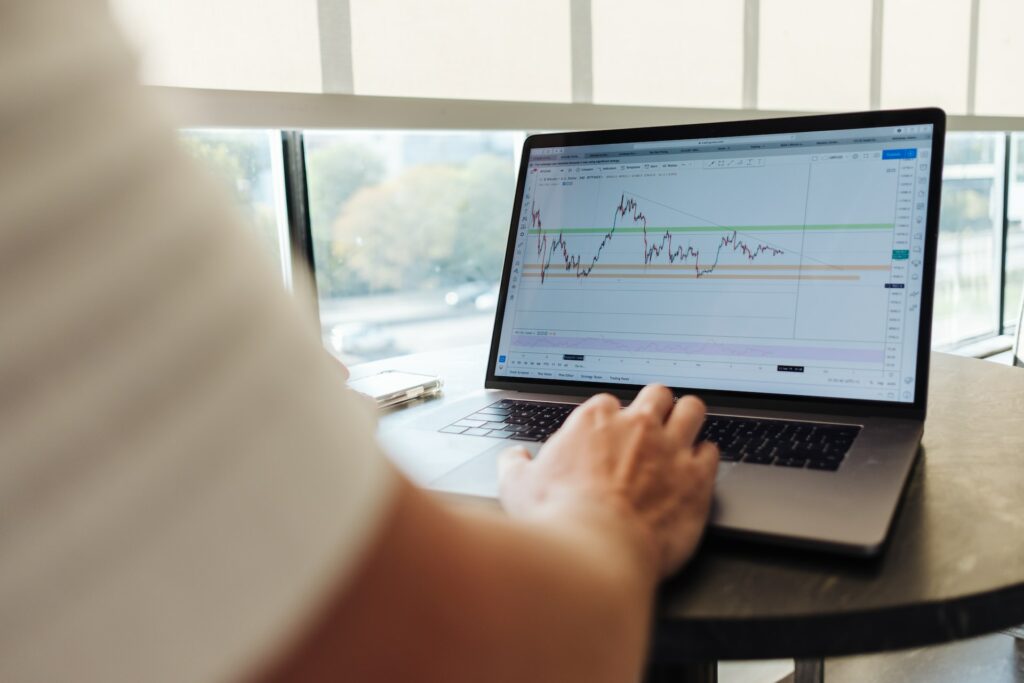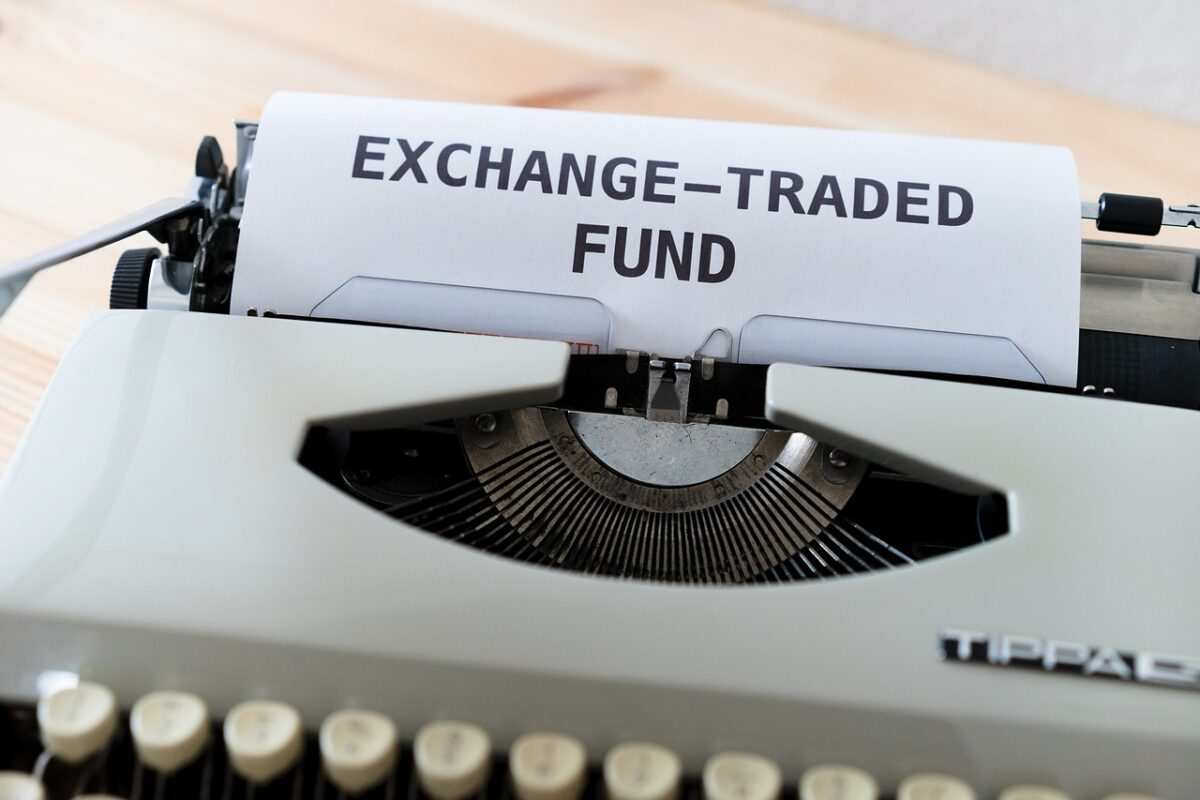Portfolio management is the picking/prioritization of assets en route to meeting long-haul financial goals.
It is a tactical approach to achieving objectives by carrying out investment activities that seek to optimize returns on investment.
The process rests primarily on individuals making sound decisions regarding what assets to pick, assessing their dangers, and diversifying resources to combat capital erosion.
In recent times, more and more investors are turning to exchange-traded funds, also known as ETFs for short, as innovative vehicles to help them gain leverage and short markets goals while avoiding capital gain taxes.
Below, the handiness of their addition to investment portfolios gets analyzed.
Post Contents
What Are Exchange-Traded Funds (ETFs)?
Simply put, an ETF is a bracket of securities that can get traded similarly to stocks on an exchange.
They can contain various categories of investments, including bonds, different commodities, and stocks, and some even offer international, while others are US-only holdings.
Again, unlike stocks, they are not one single thing but hold multiple underlying assets.
Yet, the same as with stocks, the price of an ETF fluctuates throughout a trading day as these exchange-traded funds get sold and bought on the market.
Moreover, an ETF can hold assets from only one sector, or it can feature ones from across various industries, and in the US, most of them get subjected to the 1940 Investment Company act and set up as open-ended funds.
Active and passively-managed ones exist. The latter’s goal is to replicate the performance of a broader index, while when it comes to active EFTs, they usually do not target an index.
Their managers make decisions regarding which securities they will put in a portfolio.

How Are ETFs Different From Mutual Funds?
The truth is that these two concepts have loads in common, as they both represent funds that are a melange of different assets and are a fairly standard method nowadays for investors to diversify.
The chief difference between them is that mutual funds can get bought only at the end of a trading day, when the market closes, based on their net asset value, which is a calculated price.
They have been around since the mid-1920s, while EFTs are fairly new comparatively, launched in 1993.
Mutual funds generally get actively managed, and ETFs, primarily, get passively overseen.
So mutual fund managers actively sell and buy securities within their funds to try and turn a profit, and ETFs usually only track a market index or sector sub-index.
As a rule of thumb, ETFs deliver fewer broker commissions and lower expense ratios than purchasing stocks individually and do not limit the number of investors involved in them.
How Can ETFs Be Used In Portfolio Management?
According to most industry experts, ETFs must get wisely used for investors to reap all the perks they can supply.
They can be a flexible investment, suitable to get modified to fit various goals, and here are four ways to cram them in a portfolio.
Managing A Longer-Term Portfolio with ETFs
That involves an active management strategy and not only buying/holding to track indexes. It also includes adding small positions in niche holdings concerning asset allocation.
Index Investing
Without question, the most obvious utilization of ETFs is as an instrument to invest in broad market indexes.
That facilitates the opportunity for investors that utilize two to three EFTs to cover a wide range of the equity and fixed-income market at a low cost.
Wrap Investing
For the uninformed, a wrap is an investment portfolio investing solely in ETFs. It gets managed by a broker for a flat fee, quarterly/annual.
Therefore, they are fee-based investments, as opposed to commission-based trading, and are still young.
ETF wraps are in their infancy stage at the moment, and they should attain a higher level of popularity relatively soon.
Active Trading
For those who are not into managing long-term portfolios actively, there always exists the possibility for short-term trading, as ETFs can get traded rapidly, like bonds and stocks, intraday.

What Are The Benefits Of Using ETFs In A Portfolio?
Investors can enjoy several positives of placing ETFs in their portfolios, but the top three ones are:
- Transparency – Virtually all ETFs disclose their holdings daily.
- Low Costs – At multiple places online, ETF trades are commission-free, and the asset-weighted average OER is sub-0.10%.
- Tax Flexibility – Because of the in-kind creation/redemption process and lower turnover, ETFs can often bypass some capital gains taxes.
Can I Use Financial Software To Help Me Choose & Manage ETFs In My Portfolio?
Absolutely. The utilization of stock tracking software is standard practice when conducting ETF investing.
Top-end apps consider the needs of a wide range of investors, from veteran ones to newbies.
These pieces of software feature comprehensive analytical tools that aggregate data from various investment accounts, giving a holistic view of your entire investment portfolio.
What Are The Risks Of Using ETFs In A Portfolio?
In most people’s eyes, ETFs are generally not risky investments on account of some of the reasons mentioned above.
However, unique hazards can pop up from holding ETFs. These include:
Tax Risks
Once someone pulls away from index ETFs, various taxation issues can appear. A common problem is incurring capital gains spread throughout fund holders.
Lack Of Price Discovery
If everyone chooses to own only ETFs, the market breaks because nobody is left to price the component stocks.
Tracking Errors
Though often small, a mix of factors can open a hole several percentage points wide between the target index and the index fund.
Conclusion
For individual investors, using ETFs is undoubtedly an ideal method to construct a varied portfolio.
These funds can be tax-efficient, have lower expense ratios when stacked against actively-managed funds, and give investors the choice of reinvesting dividends instantly.
It must get said that since ETFs live by an index, they can also perish by one.
Hence, they require a talented manager to stop performances from spiraling downwards, and that can also get accomplished through incorporating state-of-the-art portfolio management software.






























